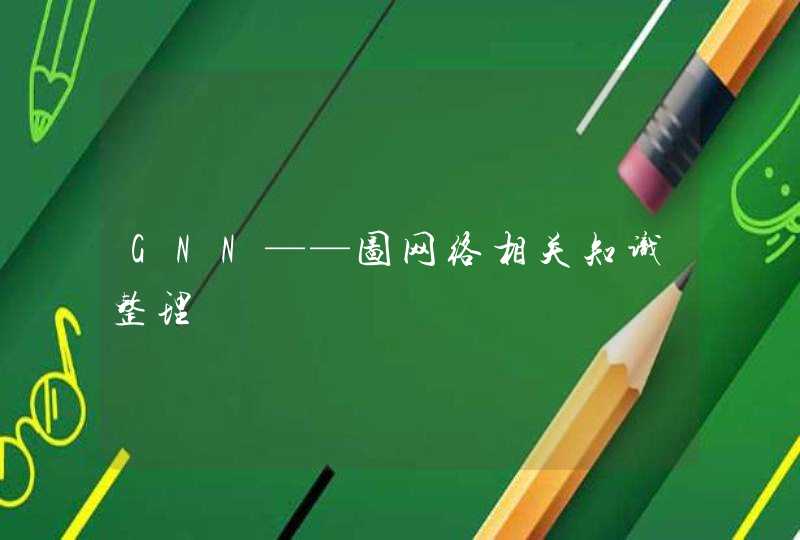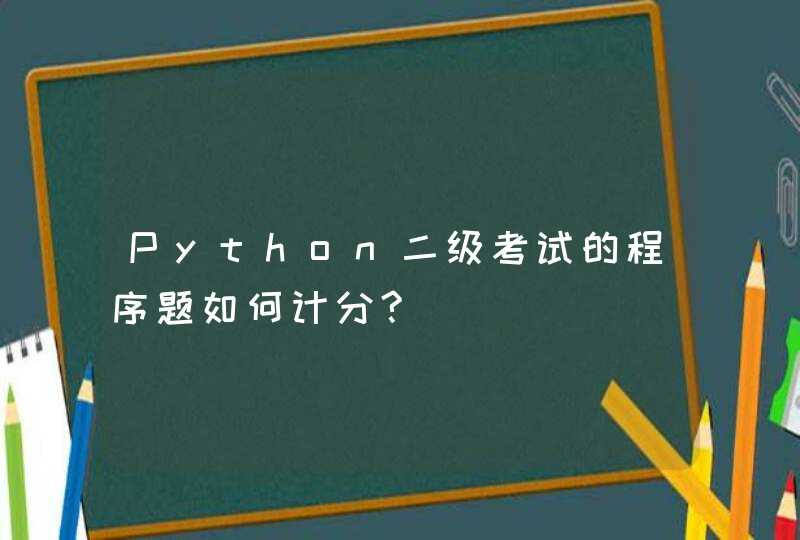
得益于其在非欧几里得空间数据中的表现,图网络研究方法正逐渐吸引着研究人员的关注。传统的深度神经网络将欧几里得空间结构化数据作为输入,这也是其在计算机视觉等领域有着优异表现的原因之一。但现实生活中往往存在着各种非欧几里得结构的数据,例如社交网络数据、零售网络数据以及生物网络数据等。以笔者所处的脑神经信息学领域来说,目前常用的脑神经影像分析手段都是基于体素的形态学分析,但人脑的不同区域往往存在着相互关联和影响,以此为基础构建出的脑网络往往能反映出更深层次的大脑活动机理。而正如其他网络拓扑结构数据,脑网络通常以连接矩阵的形式表示,无法通过直观的手段将其向量化,作为机器学习模型的输入。而图网络分析方法的出现打破了这种僵局。
Simply put, a graph is an abstract and irregular data structure that can be used to describe and model complex systems. Different from Euclidean spatial data, graphs in real world usually have complex topological structure and huge data size. Using traditional graph analysis methods would be difficult to achieve the same level of performance as applications of machine learning like computer vision, while existing machine learning algorithms cannot be applied to graph data straightforward. In view of this, how to combine machine learning with graph data analysis method, capture the interactions between data nodes in graphs and mine the information therein, has become a hot trend in the field of machine learning.
简单来说,图是一种抽象而不规则的数据结构,可以用于描述和建模复杂的系统。不同于欧几里得空间数据,现实中的图往往具有复杂的拓扑结构和庞大的数据量,传统的图分析方法难以实现与计算机视觉领域相当的应用水平和模型性能,而现有的机器学习算法不能直接应用于图数据中。鉴于此,如何将机器学习与图数据分析方法结合起来,捕捉图结构中数据之间的依赖关系,挖掘其中的信息,成为了机器学习领域的一股热潮。
Generally, before data is fed into machine learning algorithm models, it needs to be processed to extract valuable features, which can not only improve the quality of input data, but also greatly improve the reliability and performance of the model. This process is called feature engineering. Since the quality of feature engineering methods directly determines the performance of models, the research of data mining focuses on the handcrafted design and extraction of valuable features for specific data. For example, neuroimaging data often contains a lot of noise and has very high resolution, which is not suitable for direct input to machine learning models. Therefore, we preprocess the data and calculate the corresponding feature vectors, which are fed into the analysis model.
通常,在将数据输入到强大的机器学习算法模型中之前,需要将其进行一定的处理,提取出有价值的特征,这样不仅可以提高数据的质量,更能大大提升模型的可靠性和性能,这一处理过程被称作特征工程。正因为特征工程方法的好坏直接决定着模型的性能,数据挖掘的研究都将重心放在了针对特定的数据人工设计有价值的特征上。举例来说,神经影像数据通常作为包含着多种噪音,并且分辨率极高,不适合直接作为机器学习模型的输入。因此笔者将数据进行一定的预处理并计算出相应的特征向量,在输入到分析模型中。
Deep learning is essentially a kind of "feature engineering", or mostly called "feature learning". This is because the general idea of deep learning is to transform the original data into higher-level features through the nonlinear transformation model of neural network, and these features are usually a vector that can be used as the input of classifiers. The graph convolutional neural network mentioned in this section is a method that can represent the nodes and edges in the graph using feature vectors to serve as the input of high-performance machine learning algorithm model. This method of embedding graph nodes into low-dimensional Euclidean space is also called graph embedding method.
深度学习本质上就是一种“特征工程”,更多地被称为“特征学习”。这是由于深度学习的思想就是将原始数据通过神经网络这一非线性变换模型转变为更高层次的特征,而这些特征通常是一个向量,可以作为分类器的输入。本节提到的图卷积神经网络就是一种能够将图中的节点和边使用特征向量表示出来,以作为高性能机器学习算法模型的输入的方法,这种将图节点嵌入到低维欧几里得空间中的方法也称作图嵌入方法。
上面给出的是图卷积算子的计算公式,设中心节点为 , 是节点 在第 层的特征表达, 是归一化因子,如取节点度的倒数, 是节点 的邻节点,包含自身, 是节点 的类型, 表示 类型节点的变换权重参数, 表示激活函数。
According to problems in the field of neuro-informatics, the application of graph neural network in which is mainly graph classification, namely after the construction of brain function network and features are added in the corresponding nodes, using GCN to learn the high-level features of brain networks, using full connection layer to extract vectorized features or directly using global average pooling (GAP) to output the class confidence, which can be gender (e.g. Graph Saliency Maps through Spectral Convolutional Networks: Application to Sex Classification with Brain Connectivity ) or disease group. Currently open source deep learning frameworks based on graph mostly focus link classification and node classification, support for Graph Classification is relatively lacked, and pytorch_geometric is a Deep Learning framework supporting multiple GNN applications, including the support of this article, An End - to - End Deep Learning Architecture for Graph Classification , which makes it qualified to perform graph convolution operations and output feature vectors ready for learning and classification.
根据笔者所处研究领域的痛点,目前图神经网络在其中的应用主要为图分类,即在构建脑功能网络并在相应节点添加特征后,使用GCN对脑网络进行高层特征学习,使用全连接层提取向量化的特征或直接使用全局平均池化( GAP )输出类别置信度,这一类别可为性别(如: Graph Saliency Maps through Spectral Convolutional Networks: Application to Sex Classification with Brain Connectivity ),亦可为疾病。目前基于图的深度学习开源框架大多注重边分类和节点分类,对图分类的支持相对较少,而 pytorch_geometric 是一个支持多种图深度学习应用的框架,其中对 An End-to-End Deep Learning Architecture for Graph Classification 这篇文章的支持使其能够胜任图卷积操作并输出特征向量这一工作,以便之后对该特征进行学习和分类。
近年来,全球大数据进入加速发展时期,数据量呈现指数级爆发式增长,而这些大量数据中不同个体间交互产生的数据以图的形式表现,如何高效地处理这些图数据成为了业界及其关心的问题。很过用普通关系数据无法跑出来的结果,用图数据进行关联分析会显得异常高效。提到处理图数据,我们首先想到NetworkX,这是网络计算上常用的Python包,可提供灵活的图构建、分析功能。但是我们使用NetworkX跑大规模图数据时,不仅经常碰到内存不足的问题,而且分析速度很慢,究其原因,是NetworkX只支持单机运行。通过网上搜索,新发现了一个名为GraphScope的系统不仅号称兼容NetworkX的API,而且支持分布式部署运行,性能更优。针对GraphScope和NetworkX的处理能力,我们参考图计算中常用的测试框架LDBC,通过一组实验来对比下二者的性能。
一、实验介绍
为了比较两者的计算效率,先用阿里云拉起了配置为8核CPU,32GB内存的四台ECS,设计了三组比较实验,分别是NetworkX单机下的计算性能,GraphScope单机多worker的计算性能以及GraphScope分布式多机多worer的计算性能。
数据上,我们选取了SNAP开源的图数据集twitter,来自 LDBC数据集的datagen-7_5-fb,datagen-7_7-zf和datagen-8_0-fb作为实验数据,以下是数据集的基本信息:
· Twitter: 81,307个顶点,1,768,135条边
· Datagen-7_5-fb: 633,432个顶点,34,185,747条边,稠密图
· Datagen-7_7-zf: 13,180,508个顶点,32,791,267条边,稀疏图
· Datagen-8_0-fb: 1,706,561个顶点,107,507,376条边,这个数据集主要测试两个系统可处理的图规模能力
实验设计上我选择常用的SSSP、BFS、PageRank、WCC算法,以及较高复杂度的All Pair shortest Path length算法,以载图时间,内存占用和计算时间这三个指标为依据,对两个系统进行计算性能的比较。
NetworkX是一个单机系统,在实验中只考虑NetworkX在单机环境下的运行时间;GraphScope支持分布式运行,故进行两个配置,一个是单机4worker,另外一个配置是4台机器,每台机器4个worker。
二、实验结果
首先,GraphScope的载图速度比NetworkX显著提升。
在前三个图数据集中,无论是GraphScope的单机多worker模式,还是GraphScope的分布式模式,载图速度都比NetworkX快:
GraphScope单机模式载图速度平均比NetworkX快5倍,最高纪录——在datagen-7_5-fb上比NetworkX快了6倍。
分布式模式下GraphScope的载图时间比NetworkX平均快了27倍,最高纪录——在datagen-7_7-zf数据集上比NetworkX快了63倍。
在datagen-8_0-fb数据集上,NetworkX因内存溢出无法载图,GraphScope单机多worker和GraphScope分布式载图时间分别为142秒和13.6秒。
————————————————
版权声明:本文为CSDN博主「6979阿强」的原创文章,遵循CC 4.0 BY-SA版权协议,转载请附上原文出处链接及本声明。
原文链接:https://blog.csdn.net/tanekf6979/article/details/120067176
![r语言脚本前的[1]表示什么](/aiimages/r%E8%AF%AD%E8%A8%80%E8%84%9A%E6%9C%AC%E5%89%8D%E7%9A%84%5B1%5D%E8%A1%A8%E7%A4%BA%E4%BB%80%E4%B9%88.png)




































































